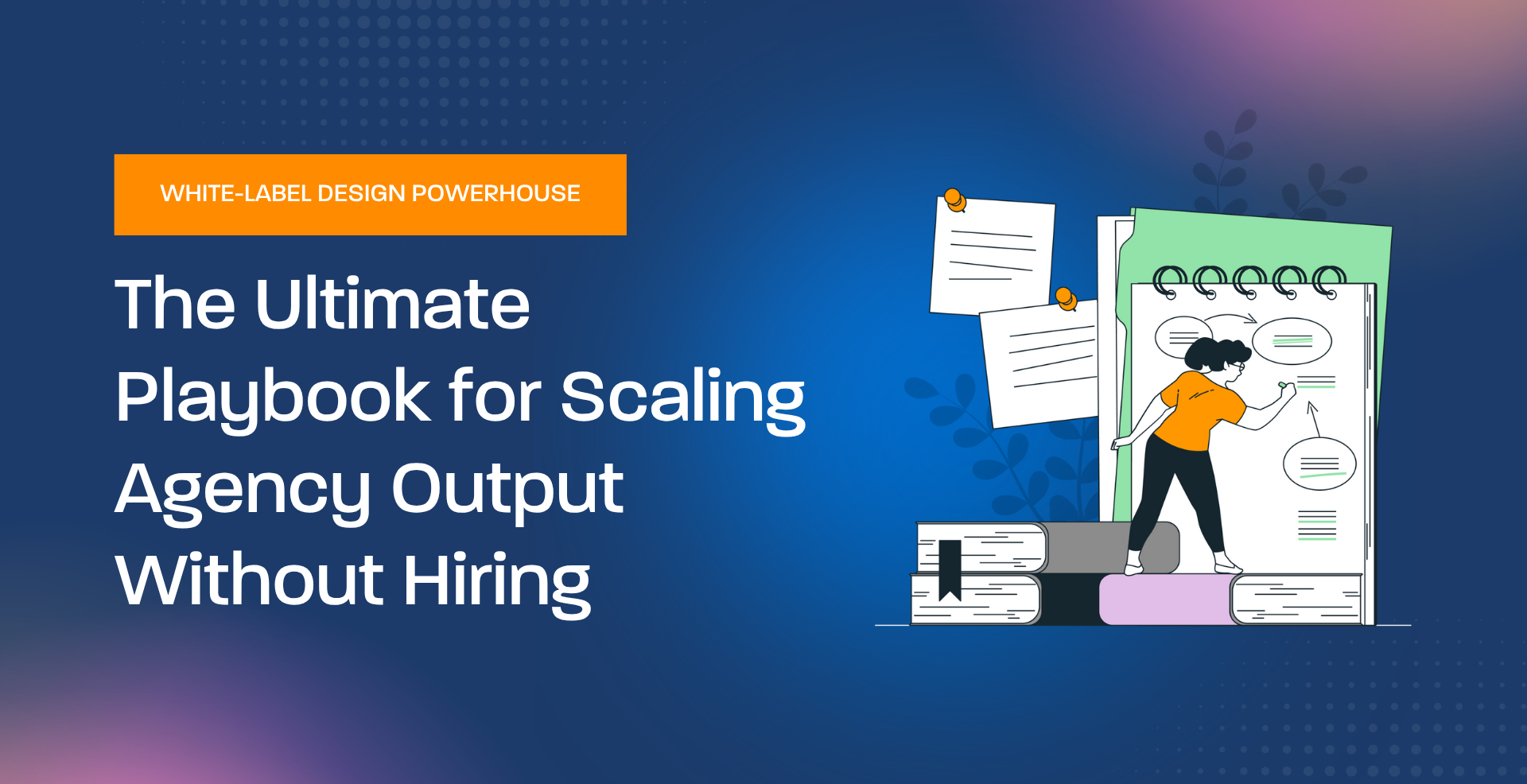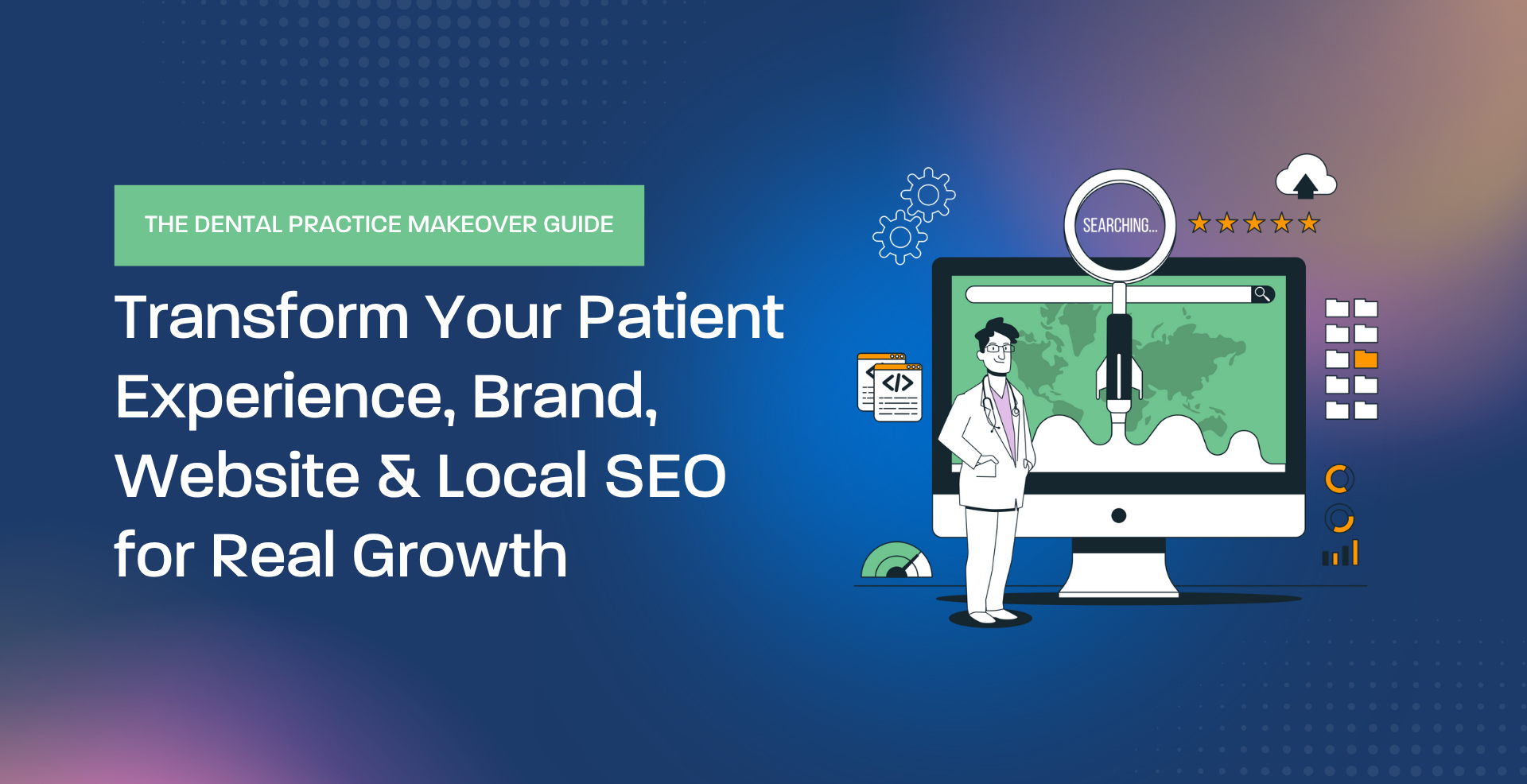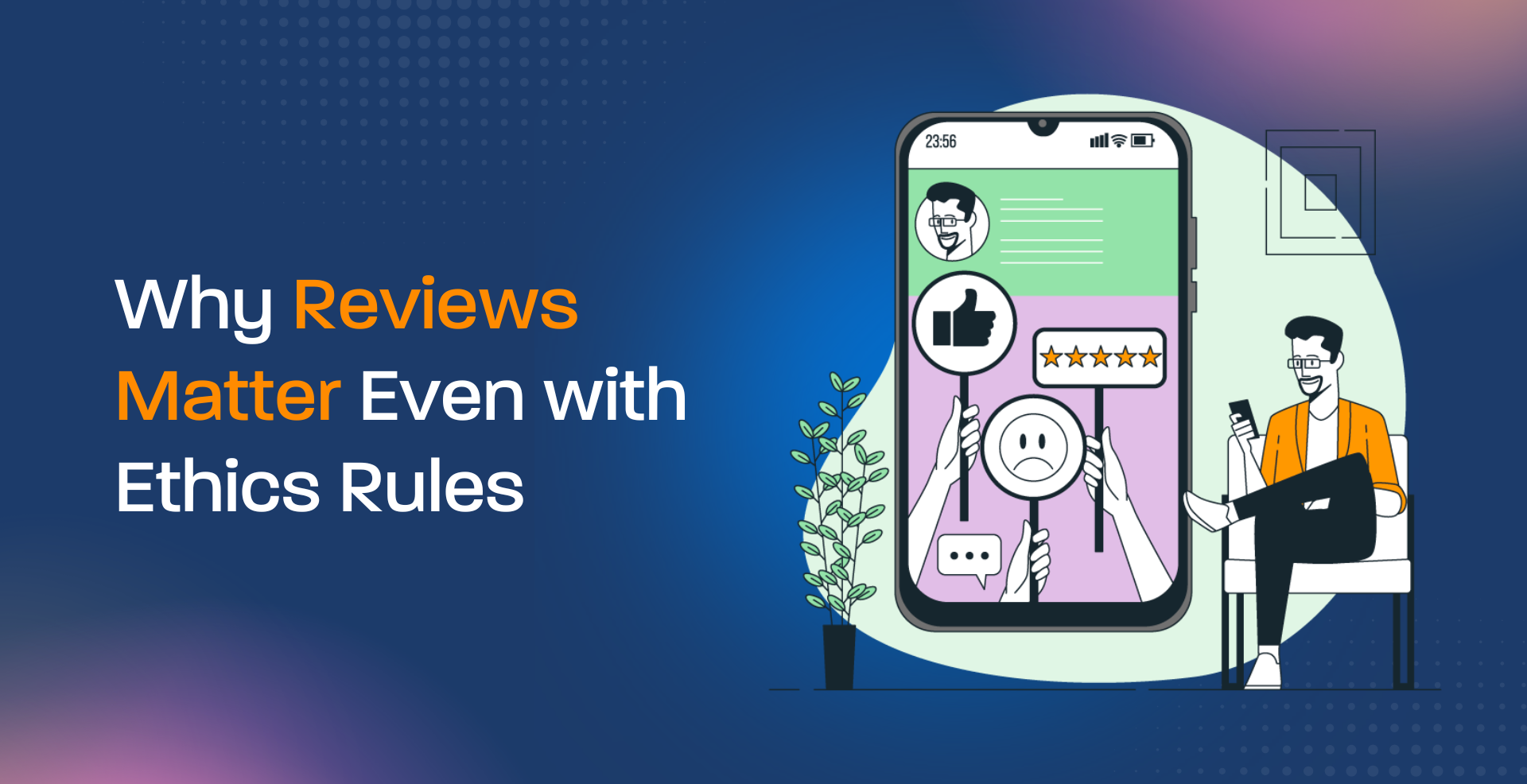Predictive analytics, a crucial element in today’s business landscape, goes beyond traditional data analysis by transforming data into strategic foresight. This sophisticated form of analytics extends past simply interpreting past data, employing a variety of techniques to forecast future trends and outcomes.
Studies reveal that 66% of sales professionals report an increase in sales velocity thanks to predictive analytics. Moreover, teams using predictive analytics are nearly three times more likely to achieve high levels of performance. However, the challenge for small businesses is leveraging predictive analytics effectively, despite limited resources. This guide clarifies and demonstrates the feasibility of predictive analytics for small-scale operations.
Understanding predictive analytics
Predictive analytics involves using data, statistical algorithms, and machine learning techniques to estimate future outcomes based on historical data. It advances beyond traditional analytics by offering a probabilistic view of what lies ahead. Its key components include data mining, which involves extracting significant patterns from extensive datasets; machine learning, which allows computers to learn and interpret data autonomously; and statistical algorithms for forecasting future trends using historical data. The progression of predictive analytics—from basic statistical models in the early 20th century to today’s sophisticated algorithms capable of processing vast, unstructured datasets—highlights its technological evolution and its growing importance in transforming small businesses and startups.

Different types of analytics
To fully grasp the benefits of predictive analytics, it’s essential to understand its context within the broader spectrum of analytics:
- Descriptive analytics: This analyzes historical data to describe past events and identify patterns.
- Diagnostic analytics: It delves into the reasons behind past events, fostering better decision-making and more effective predictive scenarios.
- Predictive analytics: This form of analytics uses historical data to predict future events.
- Prescriptive analytics: Going a step further, it suggests automated actions to influence predicted outcomes, empowering decision-makers.
The benefits of predictive analytics
Predictive analytics is transformative for small businesses and startups, offering several key advantages:
–Data-driven decision making: It enables businesses to base decisions on data-driven insights rather than solely on intuition, aiding in the identification of new opportunities, optimization of marketing strategies, and enhancement of operational efficiency.
– Success stories: Many small businesses have experienced significant benefits from predictive analytics. For example, a retail startup saw a 30% sales increase by using predictive models to analyze shopping patterns, and an online business significantly reduced stock wastage by predicting buying trends.
– Personalized customer experiences: Predictive analytics allows businesses to tailor their services to individual customer behaviors and preferences, enhancing engagement and satisfaction.
– Forecasting market trends: Small businesses must stay ahead of market trends, and predictive analytics provides the foresight needed for proactive strategy adaptation.
– Risk management and fraud detection: Small businesses can identify potential risks and fraudulent activities early on. Predictive models, for instance, can spot unusual transaction patterns that might suggest fraud.
By harnessing the power of predictive analytics, small businesses can not only interpret past data but also gain invaluable insights into the future, steering their strategies toward more successful outcomes.
Get started with Predictive Analytics
Define Your Objectives and Goals
Before embarking on predictive analytics, it’s essential to establish clear objectives and goals. Start by identifying a specific problem to solve. Utilize existing Key Performance Indicators (KPIs) as a reference, as they provide insights into what’s influencing your current targets. Next, pinpoint what you aim to predict and the expected outcomes. Ensure that these predictions will inform concrete decisions within your organization.
Prep and Profile Your Data
Data prep is about the organization of your data, and data profiling is about understanding what’s in your data. As data sources continue to multiply, it becomes even more important to emphasize data quality so that what you are using for your predictive analytics model is trustworthy and capable of meeting your defined objectives and goals. To start, you should:
- Collect existing data. There are all types of data available—whether it’s from transactional or operational systems or third-party. Pull data that is relevant to what you are looking to predict and integrate it into one place—whether it’s a data lake or a data warehouse. You may have disparate systems that don’t talk to each other, so data collection is a critical first step.
- Organize data in a useful way to allow for data modeling. You might have good data, but it might not be organized well enough to be able to see. A data governance program can be useful in organizing your data.
- Impute and cleanse your data. This will help ensure data accuracy and in refining your data sets.
- Review data quality. Without high-quality data, the outcome will be flawed and untrustworthy. Look at summary statistics about targets and features to understand things like mean, variance, data normality, etc., which helps in determining predictive power.
- Determine modeling objective. Make sure to understand the types of outcomes you are trying to achieve. If your target is binary, you likely need to do classification. If your target is numeric, perhaps you want to make linear predictions. Regardless, it’s essential to understand how your data features and targets might fit into the right modeling types.
Model Your Data
Modeling your data allows you to create, train, and test machine learning models that can forecast the probability of certain events occurring or project-specific numeric outcomes. The two most common types of predictive analytics models are classification models and regression models.
A classification model categorizes data based on what it learns from historical data and is typically used to answer yes/no questions. On the other hand, a regression model determines the best fit between predictor values and target values, which helps in assessing predictor strength, forecasting over time, or understanding cause-and-effect relationships.
Whether it’s a classification or regression model, a predictive data model includes objects or concepts you want to track data about, as well as the relationships or business rules among them. The objective of modeling your data is to create predictive models that can be automated and scaled. This process involves:
- Training your data within different models (e.g., linear regression vs. Bayesian linear regression) and evaluating them based on accuracy, precision, and time. The larger the dataset, the more likely you are to achieve accurate results.
- Testing your trained models using various modeling techniques. These techniques might include linear regression, logistic regression (usually for binary or categorical outcomes), decision trees (for outlining probability paths), K-nearest neighbor (for feature similarity), or neural networks (for deep learning and pattern recognition).”
Predictive models can be built with your coding language of choice—the most popular being Python or R. This can be done through a Jupyter Notebook, DataBricks, Azure ML, or Amazon SageMaker to name a few platforms. Additionally, there are many platforms that that allow users to do machine learning with limited coding knowledge, or via AutoML, such as DataRobot. Whatever the model type selected, there might be additional variations that can be used in experiments, then scored to see which is the most accurate and the most efficient, and then validated against new data based on these results.

Validate Results
Once you have trained and tested your data model, you should validate the results. It’s important to make sure that you are comfortable with the results before deploying into operations, as a bad model may break, or questionable results may result in limited adoption or trust.
Deploy Your Predictive Analytics Model
After training and testing, validate your model to ensure its reliability before deployment. Deploy the validated model in a real environment, embedding it into applications or dashboards for immediate use. Integrate predictive analytics thoughtfully into your business operations with measurable objectives and continuous model refinement
Monitor Your Predictive Data Model
Once you have deployed your predictive data model, monitoring its performance is essential. Just because a data model works now does not mean unforeseen situations won’t cause data drifts in the future. Continuously review your data model and establish the capability to adjust on the fly based on data changes. There are many effective ways to monitor your data, but two, in particular, are crucial to ensure trust, continued adoption, and accuracy over time:
- Create a dashboard to monitor your expected results against your actual results. If you notice the results are drifting apart, it indicates an issue with your predictive data model, and you should make adjustments.
- Develop a dashboard to track the results of business recommendations made using the predictive data model. Compare the outcomes between business users who follow the recommendations and those who don’t. A lack of difference suggests a need to adjust your predictive data model or ensure that your end users are adopting the recommendations based on the predictions.
You don’t have to dive in headfirst with predictive analytics. You can start with a small segment of your business and test out a predictive analytics model to see how it works. As you learn and see results, build on that and scale across other segments of your organization. Although you can’t predict the future with absolute certainty, predictive analytics will get you closer to understanding future outcomes and how you can prepare to meet them.

The Horizon of Predictive Analytics for Small Businesses
As we peer into the future of predictive analytics for small businesses, we see a landscape rich with emerging trends and technological integrations. This domain is rapidly evolving, embracing advancements set to redefine how small businesses operate and compete.
One of the most exciting trends is the increasing synergy between predictive analytics and artificial intelligence (AI). AI’s ability to learn and adapt enhances the precision of predictive models, making forecasts more accurate and insightful. Imagine a system that not only predicts customer behaviors but also adapts its predictions as new data comes in, continuously refining its accuracy.
Additionally, the Internet of Things (IoT) is becoming increasingly intertwined with predictive analytics. IoT devices generate a colossal amount of data, offering a more detailed view of customer behaviors and operational efficiencies. For small businesses, this translates into more granular insights into everything from customer preferences to supply chain logistics.
The future of predictive analytics in small businesses is not just about leveraging advanced technology; it’s about becoming more customer-centric, efficient, and agile. We can expect predictive analytics to become a cornerstone in decision-making processes, offering small businesses the foresight to anticipate market changes, customer needs, and potential risks.
In summary, predictive analytics is both a tool and a game-changer for small businesses and startups. Its ability to transform data into foresight empowers businesses to make smarter, more informed decisions. As we have explored, the integration of this technology with AI and IoT is setting the stage for a more interconnected and intelligent business environment.






